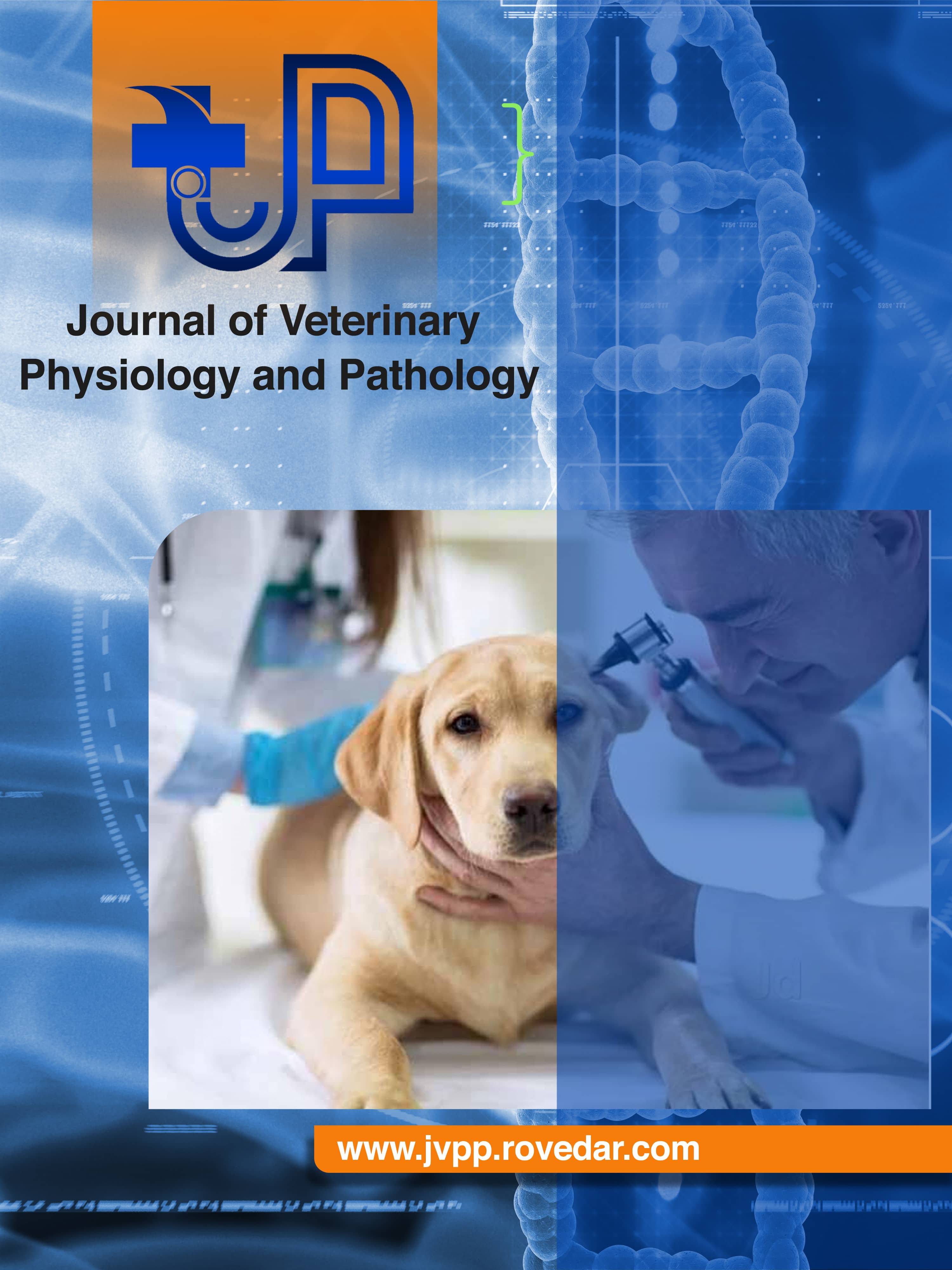Biological Properties of Oncospheres of Echinococcus spp.
Main Article Content
Abstract
Introduction: Taeniasis is known as a global human and animal parasite. Infestation by Echinococcus has significantly decreased in some countries as a result of modern research aiming to combat this type of tapeworm. To obtain protective biologics, biomass of inactivated material is required. The present study aimed to obtain the maximum number of oncospheres of the genus Echinococcus for the preparation of vaccines.
Materials and methods: Echinococcus multilocularis (E. multilocularis) eggs were placed in artificial intestinal juice. A beaker with juice and eggs was placed on a heated magnetic stirrer. To test the biological properties of the culture, Echinococcus eggs were used for infection of the laboratory mice. For infection, four groups of mice were used. Echinococcus eggs were activated in artificial intestinal juice on a magnetic stirrer in the first group. In the second group, cestode eggs were activated under thermostat conditions (38°C) in artificial gastric and, then, in intestinal juice. The third group was a positive control. The last group was a negative control. The selection of E. multilocularis metastases in laboratory mice was performed for 13 months. Cestodes parasitic cysts were evaluated in each infected mouse at the end of the experiment. The physiological status of E. multilocularis cysts in mice was assessed by a helminthological autopsy. The viability and activity of E. multilocularis protoscoleces were evaluated by motor activity. Mobility was recorded when heating the samples at 37°C for 10-15 minutes.
Results: In the first group, second, and positive control groups, 70%, 44.4%, and 33.3% of the mice were sensitive to the alveococcus causative agent, respectively. The larval cysts of the cestodes were identified in the liver and lungs of the mice in the first experimental group. In the second and third groups, the larval in the form of the alveococcus was identified only in the liver.
Conclusion: This method allows the investigation of the main biological indicators of cestode egg culture (viability, invasive activity). The novelty of the method is using only artificial intestinal juice without artificial gastric juice. The method can increase yield of activated oncospheres in a short time.
Article Details

This work is licensed under a Creative Commons Attribution 4.0 International License.
Funding data
References
Sergiev VP, Lobzin YUV, Kozlov SS Parasitic diseases of humans (protozooses and helminthiasis). Publisher: Foliant. 2016. (in Russia).
Massolo A, Liccioli S, Budke C, Klein C. Echinococcus multilocularis in North America: the great unknown. Parasite. 2014. 21 (73). 1776-82. Available at: https://pubmed.ncbi.nlm.nih.gov/25531581/ .
Morar R, Feldman C. Pulmonary echinococcosis European. Respirat. J. 2003. 21, 1069-77. Available at: https://www.researchgate.net/ publication/10715373_Pulmonary_echinococcosis .
Larrieu E, Gavidia C, Lightowlers M. Control of cystic echinococcosis: Background and prospects. Zoonoses and Public Health. 2019. 66. 889–899. Available at: https://pubmed.ncbi.nlm.nih.gov/31529690/ .
Yu Q, Xiao N, Han S. Progress on the national echinococcosis control programme in China: analysis of humans and dogs population intervention during 2004–2014. Infect. Dis. of Poverty. 2020, 9. 137. Available at: https://www.semanticscholar.org/paper/Progress-on-the-national-echinococcosis-control-in-Yu-Xiao/6da60dc1487d4cab8 7bbeb199fffdd640b9e82f3 .
Bessonov AS. Alveolar echinococcosis and hydatidosis. Moscow. 2003. (in Russia).
ZHuravec AK. Cystic echinococcosis is a hydatid disease of animals and humans. Novocherkassk: YURGTU. 2004. (in Russia).
Kosminkov NE, Komarov EI, Morozova EF. Immunoprophylaxis of sheep against coenurosis. Veterinary. 1986. 12. 35-36. (in Russia).
Petrov RV. Immune biotechnology. Scientific works of VASKHNIL: Problems of veterinary immunology. Agropromizdat. 1985, 9-13. (in Russia).
Moazeni M, Rakhshandehroo E. In vitro viability test for the eggs of Echinococcus granulosus: a rapid method. Parasitol Res. 2011. 4. 175-84. Available at: https://www.researchgate.net/publication/ 51572203_In_vitro_viability_test_for_the_eggs_of_Echinococcus_granulosus_A_rapid_method .
Brandt JR, Sewell MM. In vitro hatching and activation of Taenia taeniaeformis oncospheres. Vet. Res. Communications. 1981. 5(2), 193-9. Available at: https://www.semanticscholar.org/paper/In-vitro-hatching-and-activation-ofTaenia-Brandt-Sewell/d4f479b8c945e4ce9421ceb843ecd265efb90481 .
Sanitary and epidemiological rules. “Safety of working with microorganisms of I-II pathogenicity groups (hazards)” SP 1.3.3118-13. 2013, 196. Available at: https://ohranatruda.ru/upload/iblock/728/ 4293771466.pdf . (in Russia)
Wang IC, Ma YX, Kuo CH, Fan PC. A comparative study on egg hatching methods and oncosphere viability determination for Taenia solium eggs. Inter. J. Parasitol. 1997. 27 (11). 1311-4. Available at: https://www.semanticscholar.org/paper/A-comparative-study-on-egg-hatching-methods-and-for-Wang-Ma/fb907bbfb894c1611deb8b32c5d96266d3b3db65 .
Kovalenko FP, Krotov AI, Novikova NN. Infection of laboratory animals with secondary alveococcosis by intraperitoneal administration of Alveococcus multilocularis acephalocysts. Medical parasitol and parasitic dis. 1979. 1. 84-86. (in Russia).






